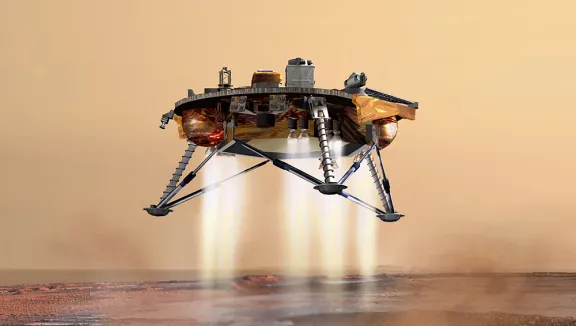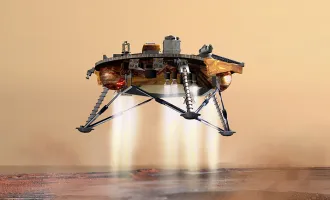
Book Review: The Martian by Andy Weir
You can be sure that it’s going to be a fun ride when you pick up a book with an astronaut on the cover that begins with the words: “I’m pretty much f--ked. That’s my considered opinion. F--ked.”
After blazing through software engineer Andy Weir’s breakout novel The Martian, released in print in 2014, I wasn’t in the least surprised that it was already in production for a major motion picture starring Matt Damon. It’s just that good.
The premise of the novel is a near-future manned mission to Mars that goes awry in a dust storm, leaving the American astronaut Mark Watney, who is a mechanical engineer and botanist, stranded alone on Mars. The beauty of near-future science fiction is that all the technology used in the novel exists today; it may not be fully developed or mainstream, but it at the very least has been invented. This allows Weir to create a completely realistic and plausible environment in which our laws of science and math hold true.
In an interview with the science podcast “Inquiring Minds,” Weir spoke with UCSF’s Director of the Bay Area Science Festival Kishore Hari. Weir spoke of the importance of scientific accuracy and plausibility: “I’ve been a sci-fi geek my whole life, and I’ve also been a science geek my whole life. And it always bugs me when I’m reading sci-fi and there’s some massive just oversight on physics… it always sets off a flag to my nerdy little OCD brain that it just ruins the setting for me. So I wanted to make my sci-fi as accurate to real physics and science as possible.”
Throughout the book, a number of situations arise that require cleverness, innovation, and a lot of back of the envelope calculations. While one might imagine that reading through a series of mathematical calculations would be utterly dull, I actually found these passages to be exhilarating highlights. One of my favorite sections required Watney to use mental arithmetic to figure out: how much water would grow how many potatoes, which would provide how many calories, which would allow him to survive for how many days. This kind of high-stakes problem solving pulled me into each moment as I asked myself: “What would I do?” Turns out, the author ran his own simulations to figure out these mathematical solutions!
With Mars missions on the not-so-distant horizon, this book comes at a perfect time to capture our imaginations and force us to think about how we’ll survive on other planets, and how we’ll come together as a planet to support those early space pioneers.


